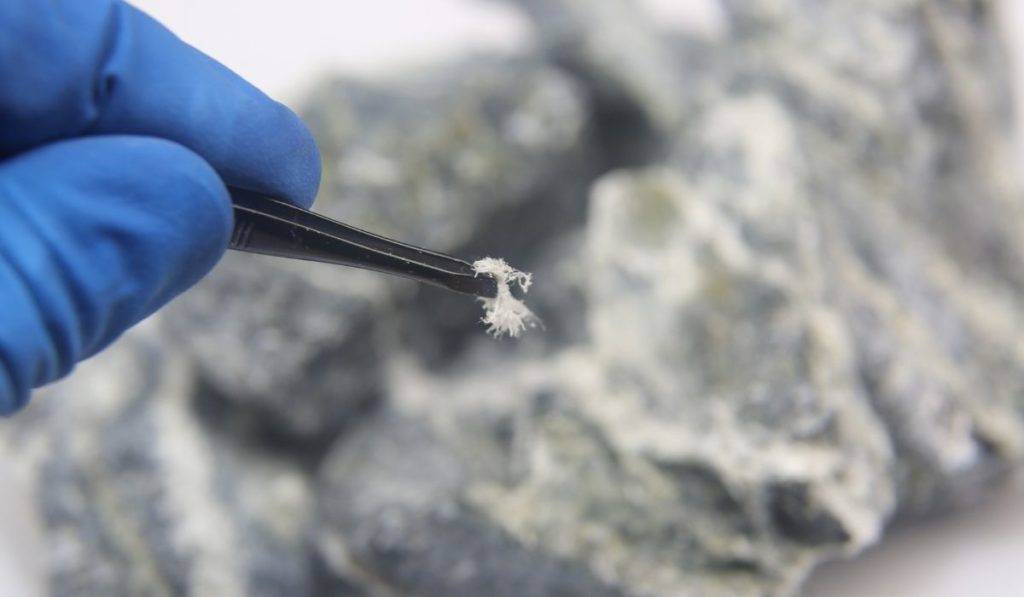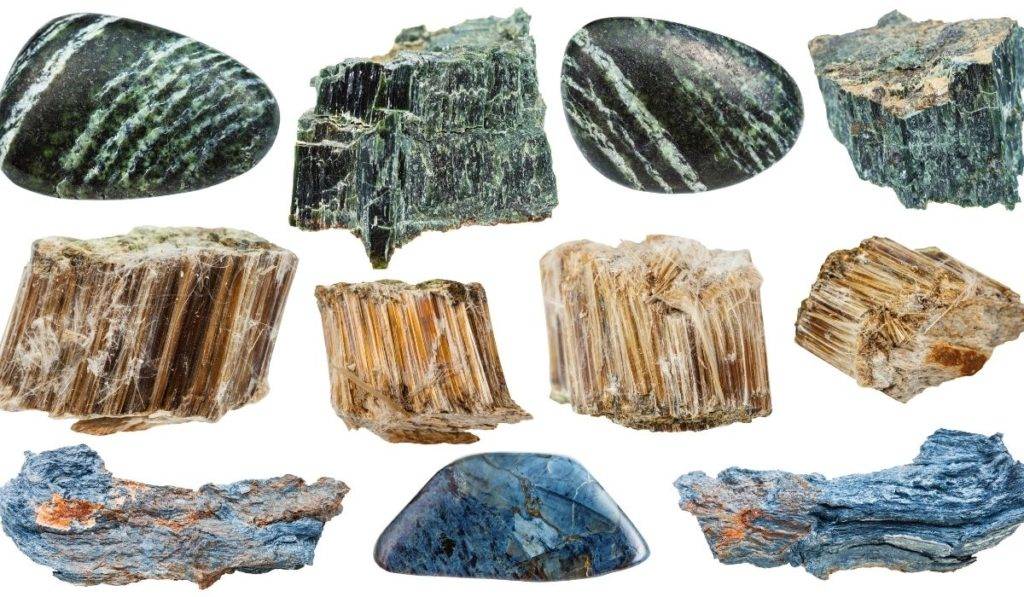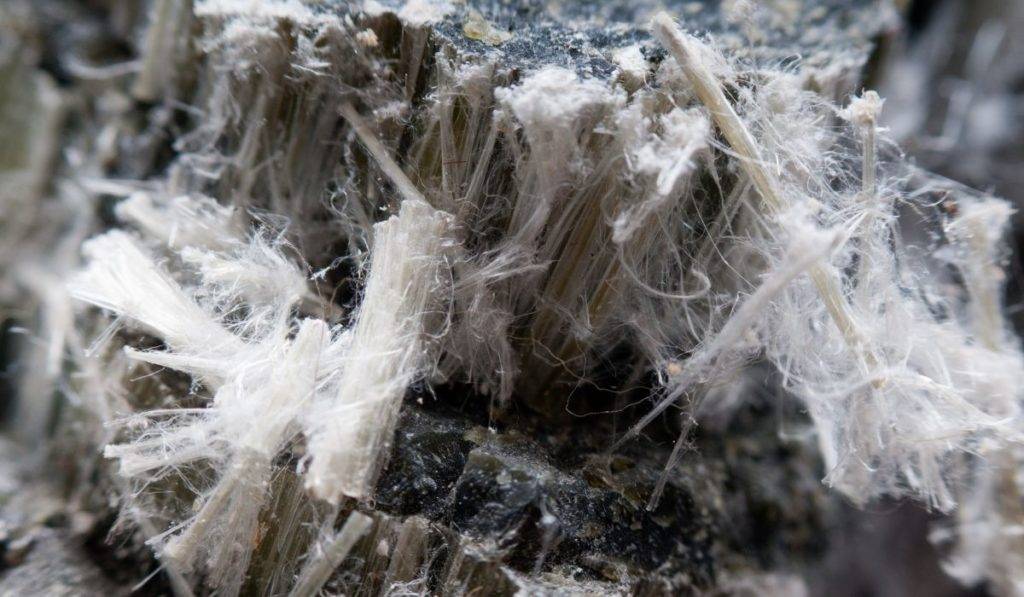
We’re all familiar with the dangers of asbestos. However, being able to identify asbestos in your home is the first step to ensuring your safety. Dormant, well-behaved asbestos is unlikely to cause a problem (and crucially, may not need to be removed) but being aware of its existence and protecting it from damage is vital. To discover more about asbestos and what to look out for, keep reading.
What Does Asbestos Look Like?
Asbestos is composed of miniscule fibres that are invisible to the naked eye. For this reason alone, asbestos is impossible to spot without the proper equipment. There are three main types of asbestos that were used in the UK:
- Chrysolite (White)
- Amosite (Brown)
- Crocidolite (Blue)
As these fibres are nebulous specs of floating filament, it’s impossible to differentiate which type is present in your home without a professional survey. Brown and blue were banned in 1985, but white wasn’t banned until 1999. White is considered the least dangerous form, which is why it outlived its competitors in the construction industry. However, all asbestos is dangerous, regardless of what colour permeates your home.
To make matters worse, it has no distinct scent. This means you can’t sniff it out like a gas leak — you have to find out the hard way. Since you can’t see or smell it, your options for detection are fairly limited. If your property was built before 1999, there’s a good chance asbestos was used during the construction process. If you rent your property, your landlord is legally obliged to carry out asbestos surveys to protect you.


Asbestos Surveys
The only foolproof way to determine if you have asbestos in your property is to call us and arrange a survey. We can conduct management and refurbishment/demolition surveys, so get in touch today to discuss your options.
Asbestos can be present in any number of places in your home. Many insulation boards are made from asbestos, such as ceiling tiles, partition walls or around your boiler. It’s lauded for its heat resistant properties, which is why it was frequently used as an insulator. You can also expect to find it in your popcorn ceiling, or more specifically, the decorative coating on older ceilings.
Asbestos tends to become unearthed during renovation and construction projects. When left undisturbed, products containing asbestos pose no threat, which is why it’s important to know where they are. If your ceiling or walls contain asbestos, they won’t necessarily need replaced if there’s no risk of releasing the fibres.
For this reason, a survey is crucial to protect yourself from deadly exposure. Our experts will determine if the asbestos in your home is vulnerable to disturbance, in which case removal or encapsulation may be necessary. Regardless of the circumstances, it’s never worth the risk. Silicate fibres are sharp enough to penetrate your lungs and there is no ‘safe’ level of exposure. Get in touch with us today to arrange a survey.
Asbestos Removal & Surveys Dorset
If you’re still uncertain, get in touch with Asbestos Consultancy to arrange a home survey. We can confirm whether or not your home has asbestos and the best course of action to protect you and your family. Contact our specialist team today for more information on our removal, encapsulation and disposal services.


